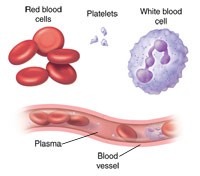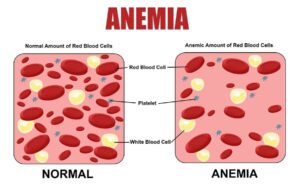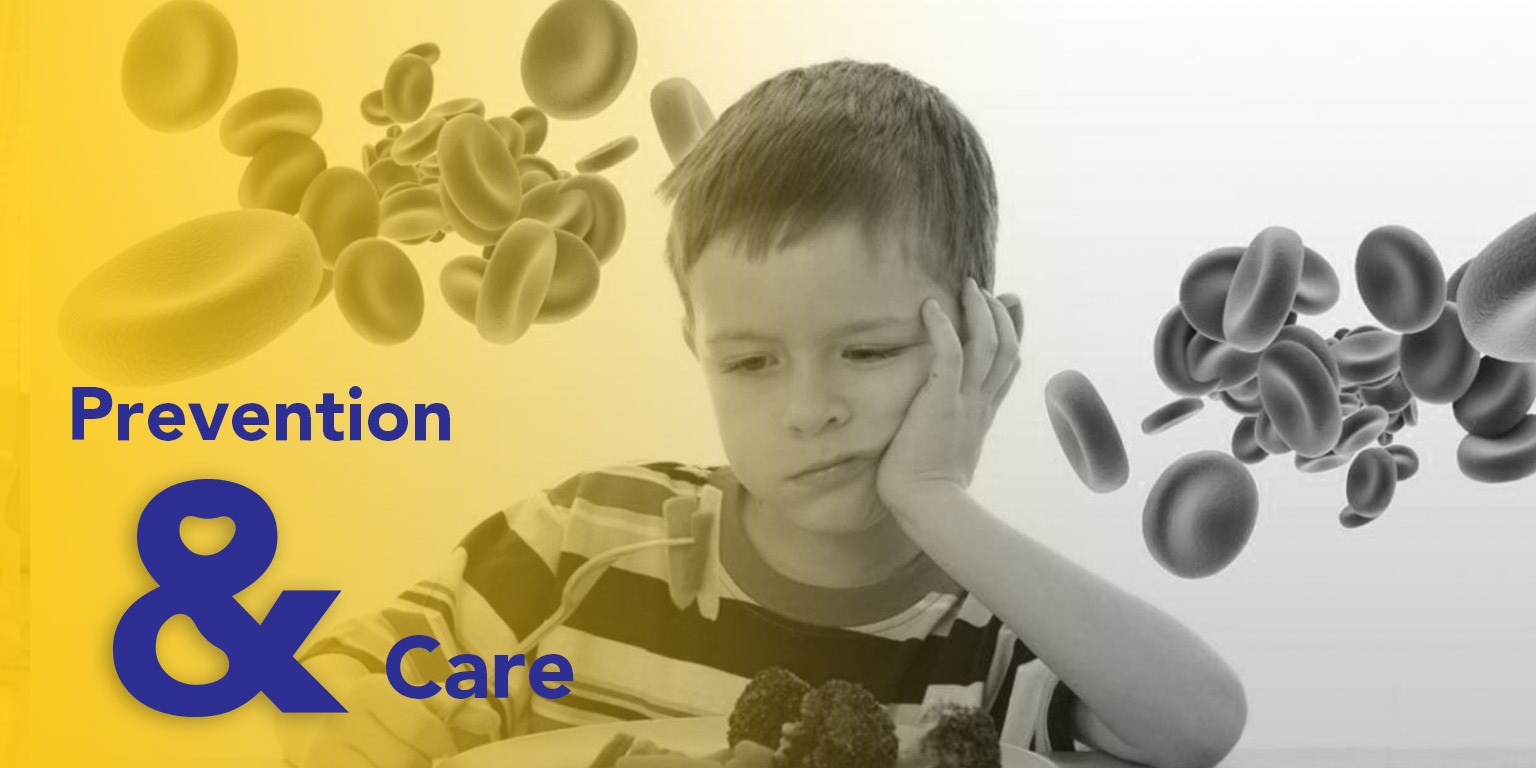As parents, we want our little stars to shine brightly, full of energy and bursting with life. However, a hidden threat called anemia can dim their sparkle, causing fatigue, and paleness, and even hindering their development.
In this blog, we’ll explore the world of childhood anemia, drawing insights from the “Guidelines for Parents – My Child is Pale (Anemia)” by the Indian Academy of Pediatrics, and offer guidance to ensure your little stars continue to shine their brightest!
Understanding the Little Red Blood Cell:

Imagine a network of tiny red messengers, zipping through our bodies, tirelessly delivering oxygen to every cell. These superheroes are our red blood cells, the workhorses that fuel our energy and keep us vital. Anemia, however, throws a wrench into this system. It occurs when there’s a deficiency in red blood cells or the amount of hemoglobin (the protein carrying oxygen) within them. This results in reduced oxygen delivery, manifesting in the various symptoms we observe in anemic children.
Exploring the Diverse Landscape of Anemia:
While anemia presents with similar symptoms, the underlying causes differ, requiring specific approaches. Let’s shed light on the most common culprits:
- Iron-Deficiency Anemia: The champion villain, often due to insufficient iron intake or absorption. This crucial mineral is the backbone of hemoglobin production, and without it, our red blood cells struggle to carry oxygen effectively.If you don’t have enough iron in your body, your body won’t be able to make enough red blood cells. Nutritional anemia is the most common form of anemia. Causes of iron deficiency include:
- A diet low in iron
- Ongoing (chronic) blood loss, such as from heavy menstrual periods
- Inability to absorb enough iron from food, such as from weight-loss surgery
- Folic Acid or Vitamin B12 Deficiency Anemia: These vitamins play a vital role in red blood cell production and maturation. A deficiency in either can lead to anemia, impacting overall health.

Spotting the Warning Signs:
Early detection is key to effectively managing anemia and preventing complications. Be a vigilant observer and watch for these potential signs in your child:
- Paleness: Look for a noticeable change in skin, lips, and nail beds, where their natural pink hue might appear pale or yellowish.
- Fatigue and Lethargy: Excessive tiredness, decreased activity levels, and a lack of their usual energy can be a red flag.
- Shortness of Breath: Difficulty catching their breath during play or even simple activities may indicate reduced oxygen delivery.
- Dizziness or Lightheadedness: Feeling faint or experiencing sudden dizziness could be a worrying sign.
- Rapid Heartbeat: The heart compensates for reduced oxygen by working harder, leading to a faster heartbeat.
- Poor Appetite: Loss of appetite or picky eating habits can contribute to iron deficiency and worsen anemia.
- Difficulty Concentrating: Children with anemia might struggle to focus in school or during playtime due to oxygen deprivation affecting brain function.
Little Stars & She: Your Beacon of Guidance:
If you notice any of these signs or have concerns about your child’s energy levels or overall well-being, never hesitate to seek expert guidance at Little Stars & She Hospital. Our experienced pediatricians and pediatric hematologists are equipped with the knowledge and compassion to provide comprehensive consultations, conduct crucial diagnostic tests like blood tests, and develop personalized treatment plans tailored to your child’s unique needs.
Empowering Little Stars to Shine: Preventive Measures to Consider:
The good news is that many cases of anemia can be prevented through a healthy lifestyle and proactive measures:
- Focus on iron-rich foods: Include ragi, dates ,jaggery , lean meats, poultry, fish, dark leafy greens, beans, lentils, tofu, pomegranate and eggs in your child’s diet.
- Pair iron-rich foods with Vitamin C: Vitamin C enhances iron absorption from plant-based sources. Offer fruits like oranges, papayas, and guavas alongside iron-rich meals.
- Limit milk intake: Overconsumption of milk can hinder iron absorption. Restrict milk intake to around 500 ml per day after 1 year of age.
- Consult a doctor about iron supplements: Depending on your child’s age, dietary habits, and blood tests, your doctor might recommend iron supplements.
Early and Exclusive Breastfeeding:
- For babies under 6 months, exclusive breastfeeding provides readily absorbed iron and other essential nutrients.
Healthy Habits:
- Encourage physical activity: Regular exercise improves oxygen circulation and overall health, potentially reducing the risk of anemia.
- Maintain good hygiene: Washing hands frequently helps prevent infections that can contribute to anemia.
- Schedule regular checkups: Regular checkups allow for early detection and intervention if needed.
Additional Considerations:
- Address underlying conditions: Certain medical conditions can contribute to anemia. Discuss any concerns with your doctor.
- Be culturally sensitive: Dietary habits and access to certain foods can vary across cultures. Discuss practical iron-rich options with your doctor considering your cultural context.
- Seek professional guidance: If you have any concerns about your child’s iron intake or suspect anemia, consult your pediatrician for personalized advice and care.
Remember: These are general guidelines, and the most suitable approach may vary depending on your child’s individual needs and medical history. Always consult your doctor for personalized advice on preventing anemia in your child.
Book Your Consultation today at Little stars & she


